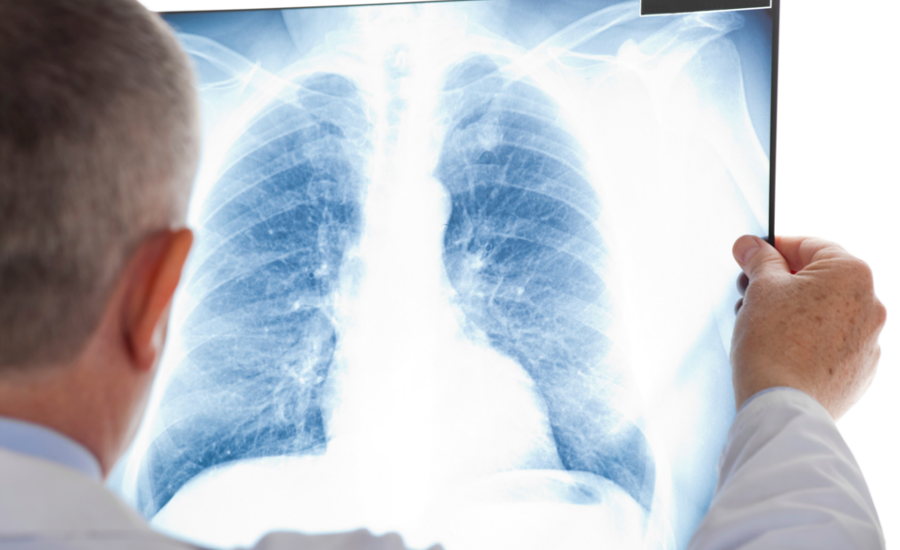When I learned about the dangers of silica dust in medical school in the 1970s, at the beginning of my career in occupational medicine, I thought silica dust was only of historical interest, or a hazard for just a few especially vulnerable workers with unscrupulous employers. Unfortunately, after treating many workers with occupational lung diseases for the past 30 years, I have learned that the hazards of yesterday are still the hazards of today – but they are entirely preventable going forward if employers comply with the straightforward standards OSHA has now established to protect workers’ health.
Silica dust ranks with asbestos and coal as one of the most damaging lung particles that workers can breathe on the job, but it is also entirely possible to prevent exposure to it. Tiny bits of silica dust can lodge themselves deep in the lungs and cause permanent scarring − sometimes very rapidly, but usually over many years. Silica dust is also a known lung carcinogen, and can damage the immune system and the kidneys.
What’s worse, silica dust has been known for centuries to cause lung disease, and yet there are still millions of workers today who are exposed to products that contain it. Bricklayers, construction workers, miners, foundry workers and highway maintenance workers are among the occupational groups that we have long known are at risk for silica dust exposure.
Additionally, silica has recently been added to engineered stone in high concentrations, and is now the leading material for kitchen countertops. Disabling lung disease has been identified in workers who fabricate engineered stone in several countries, and some of these workers have required lung transplants.
Fortunately, after decades of scientific consensus about the dangers of silica dust exposure, there is a light at the end of the tunnel. Yesterday, OSHA issued a final rule that will protect workers and prevent future cases of lung and other diseases. The new OSHA standard will keep workers from breathing this deadly dust, and will require employers to offer medical testing for lung damage using chest X-rays and breathing tests for highly exposed workers.
Right now, doctors often diagnose silica lung disease only after it is fairly advanced – too late to take preventive measures and enable the workers to make changes so they can live out their years without an oxygen tank. Many physicians may miss the diagnosis of silica-related disease because the exposure happened years earlier, or detailed questions about work activities aren’t asked. By requiring medical testing for lung damage, this new standard will lead to earlier diagnoses and lives saved. With earlier diagnoses, measures can be taken in the workplace to prevent further exposure to silica dust, and put an end to cases of disabling silicosis in the 21st century.



